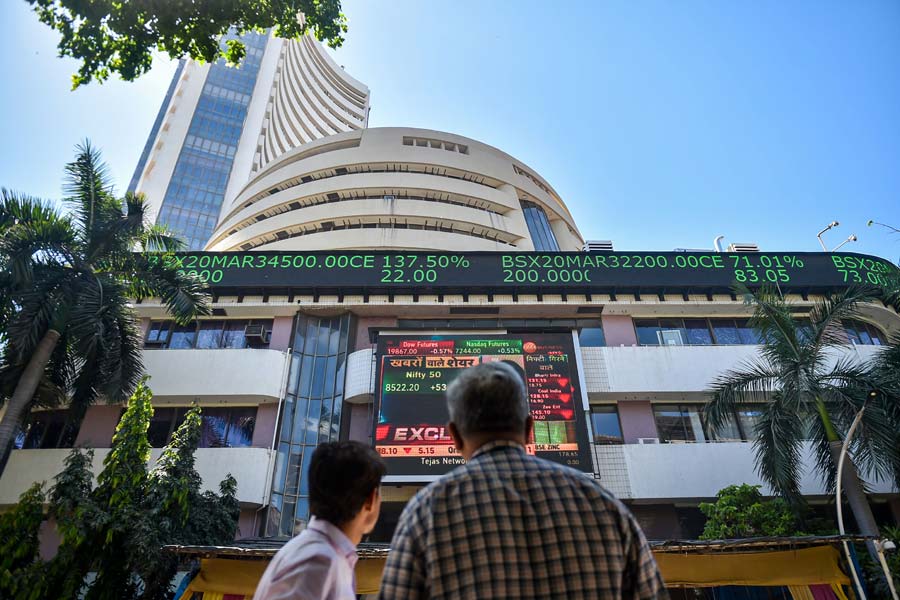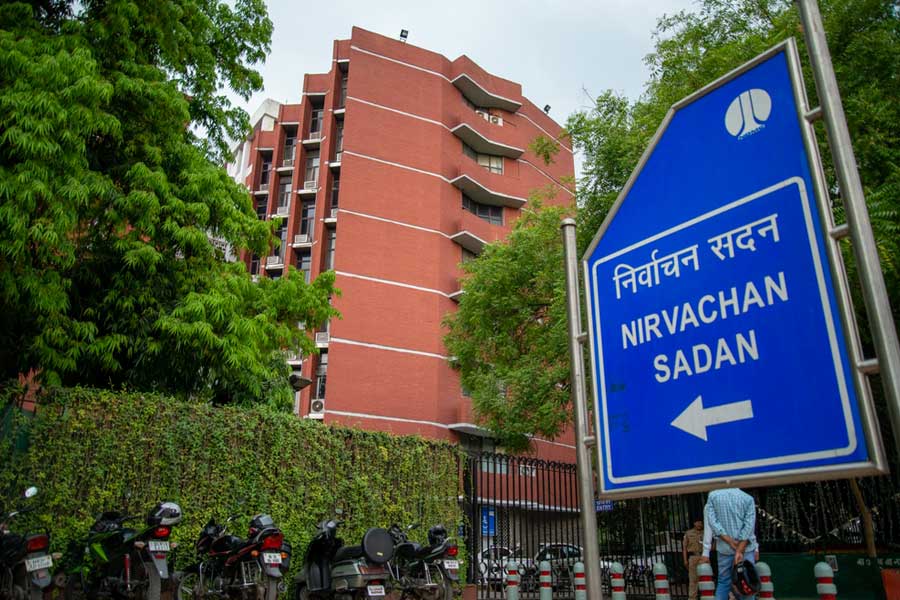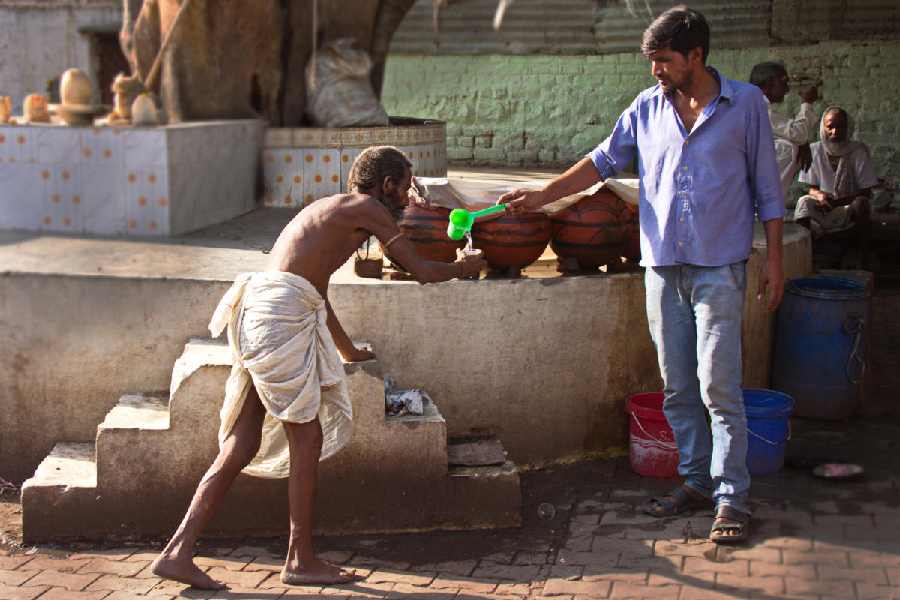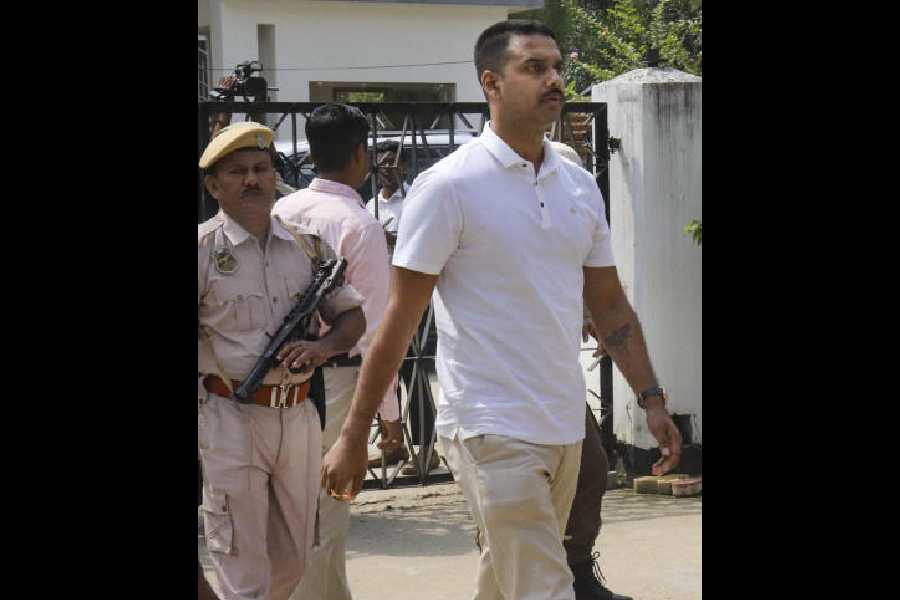
New Delhi: The latest global air quality database that shows India has 14 worst polluted cities in the world points to widespread air pollution that has seeped into second-tier cities and a public health emergency, environmental analysts said on Wednesday.
The 2018 air quality database, released by the World Health Organisation (WHO) on Tuesday, has pointed to Kanpur as the world's worst polluted city, followed by Lucknow, Varanasi, Gaya, Patna, Delhi, Lucknow, Agra, Muzaffarpur, Srinagar, Gurgaon, Jaipur, Patiala and Jodhpur.
The WHO's database prompted the Union environment ministry to claim on Wednesday that the government has made "serious efforts" to tackle air pollution, citing actions taken over the National Capital Region and improvements in air quality over the NCR during 2017.
The database, featuring over 4,300 cities from 108 countries, has indicated that average annual air pollution levels in these cities during 2016 measured through tiny particulate matter (PM) ranged from nine to 17 times the prescribed limits set by the health agency.
The 14 Indian cities are at the top of a list of about 540 cities worldwide where air pollution exceeds the limits of 20 micrograms per cubic metre for PM sized 10 microns and 10 micrograms per cubic metre for PM sized 2.5 microns.
A site in Kuwait, Ulaanbaatar in Mongolia and four Chinese cities follow the 14 Indian cities.
The database has suggested that 28 Chinese cities, including Beijing, are among the top 50 worst polluted sites assessed. Calcutta is at 40th position with poorer air quality than Baghdad (41) and Beijing (42).
Aizawl, Hyderabad, Mumbai, Nagpur, Pune, Thiruvananthapuram and Vizag are among other Indian cities where PM10 and PM2.5 levels exceed the prescribed limits, according to the database.
"The presence of several second-tier cities among the top 14 is significant," said Anumita Roychowdhury, executive director for research at the Centre for Science and Environment, a New Delhi-based non-government research and advocacy organisation.
"It is encouraging that we now have air pollution monitoring networks in smaller cities, but it also shows that serious air pollution is a problem in second-tier cities, not just our large metros," she told The Telegraph.
The WHO also said in an associated report released on Tuesday that the Southeast Asian region bears the highest burden of about 2.4 million deaths of the estimated seven million premature deaths linked to air pollution worldwide.
Air pollution, the agency said, accounts for an estimated 24 per cent of adult deaths from heart disease, 25 per cent from stroke, 43 per cent from chronic obstructive pulmonary disease and 29 per cent from lung cancer.
Senior WHO experts said the air pollution data represented the annual average values, taking into account monitoring stations with figures for more than half the year.
"The WHO does not rank cities," a WHO official based in Geneva told this newspaper over the phone.
The WHO experts said comparison between cities or countries needed to be done in "a very cautions way", given the differences in measurement techniques and in the composition of the particulate matter.
The environment ministry said "significant action" had been taken in Delhi and the NCR, citing steps to curb air pollution from power plants, construction dust and burning of crop stubble, among others.
"Given that most of the polluted cities are located in and around Delhi and along the Indo-Gangetic plains, it is critical that state governments of Uttar Pradesh, Bihar, and West Bengal are further sensitised to take urgent action on cleaning air in cities under their jurisdiction," it said.
The ministry has announced a National Clean Air Programme that proposes to enhance air pollution monitoring facilities from 691 to 1,000 towns, determine sources of air pollution in over 94 cities and outline 42 measures that large cities could take to curb air pollution.
Air pollution experts say source apportionment studies that seek to determine what factors contribute to air pollution in second-tier cities would help local authorities frame policies to curb air pollution.










